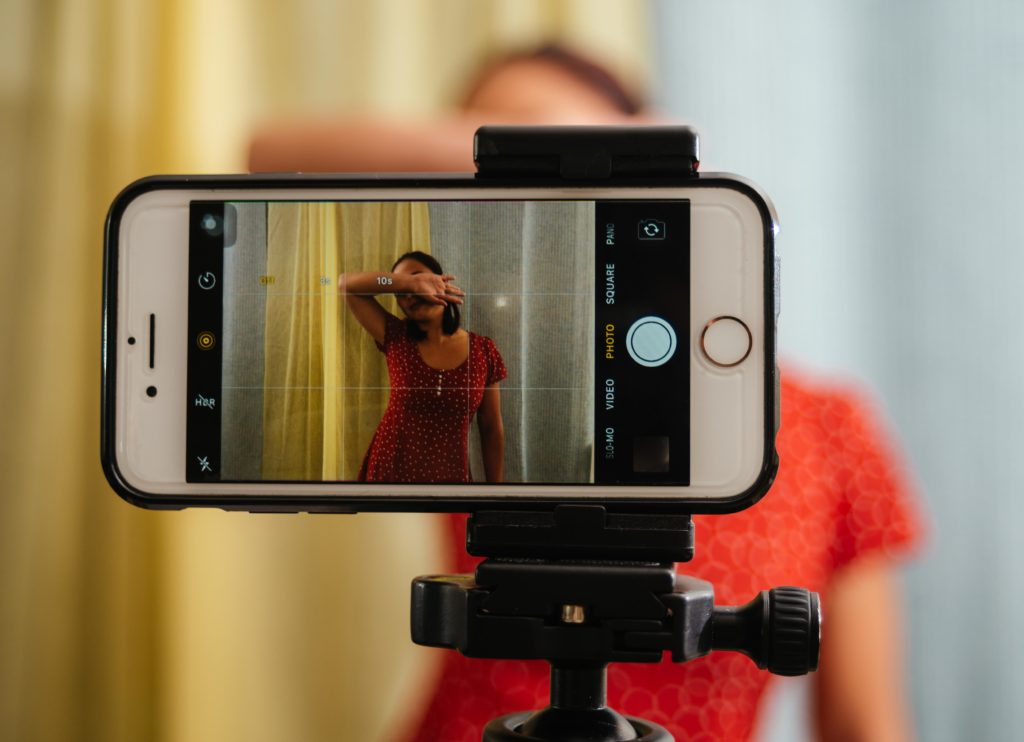Whether you’re using a smart phone, a laptop, or anything else, it’s easier than ever to record video. But that means it’s also easier than ever to make mistakes. So, this page is here to help you avoid the most common errors and learn 5 easy-to-follow best practices that will make your next video better.

-
Don’t shoot vertical video
Vertical video syndrome is real. Computer monitors, televisions, even websites, all have landscape-oriented displays. You wouldn’t expect to go to the cinema and see the screen turned on its side. We live in a widescreen world. So, turn your phone sideways.
Although there are apps that can counter this, do the world and yourself a favor by turning your phone on its side and record horizontal footage.

So just remember: never hold your phone vertically while recording, unless you really like or want those vertical black bars included (or if you’re recording purely for something like Instagram Stories).
-
Use a tripod
You have pretty steady hands. You’re a nurse after all. But you want your video to look its best. So use a tripod, or anything really, to stabilize your phone/camera. And, if you don’t have an actual tripod, no worries, just use any object, like the back of a chair, or even a friend’s shoulder to help keep your phone still.
-
Don’t use digital zoom
Sometimes it can be tempting to use the zoom feature on your smartphone to get a closer shot of your subject, but since the lens isn’t zooming optically, you’re just enlarging the picture digitally. This results in one thing: pixels.
If you want to zoom in with a smartphone without it looking like pixelated garbage, then simply walk closer to your subject. Simple.
-
Lighting
Using the flash on a smartphone or digital camera to lighten a subject gives it that old VHS camcorder spotlight appearance.
My favorite lighting source to use is free and accessible for almost everyone: the sun. Natural lighting looks great in almost every instance. Face your subject toward a window for great natural light.
And beware of “backlighting”. Never have the window behind the subject or else you’ll be left with a silhouette.
-
Frame the Subject
Now that you’re recording in the proper orientation (see above), completely fill the frame with your subject. You can also put him or her or it slightly off-center to create a more visually interesting scene. Just play around and see what looks best. But whatever you do, make sure we can see the subject clearly. From the waist or navel up is usually a good place to start.
And, if you recording on a laptop, make sure to tilt your screen so you fill as much of the screen as possible. You want your head to be near the top of the screen, not near the bottom.


Leave a Reply
You must be logged in to post a comment.